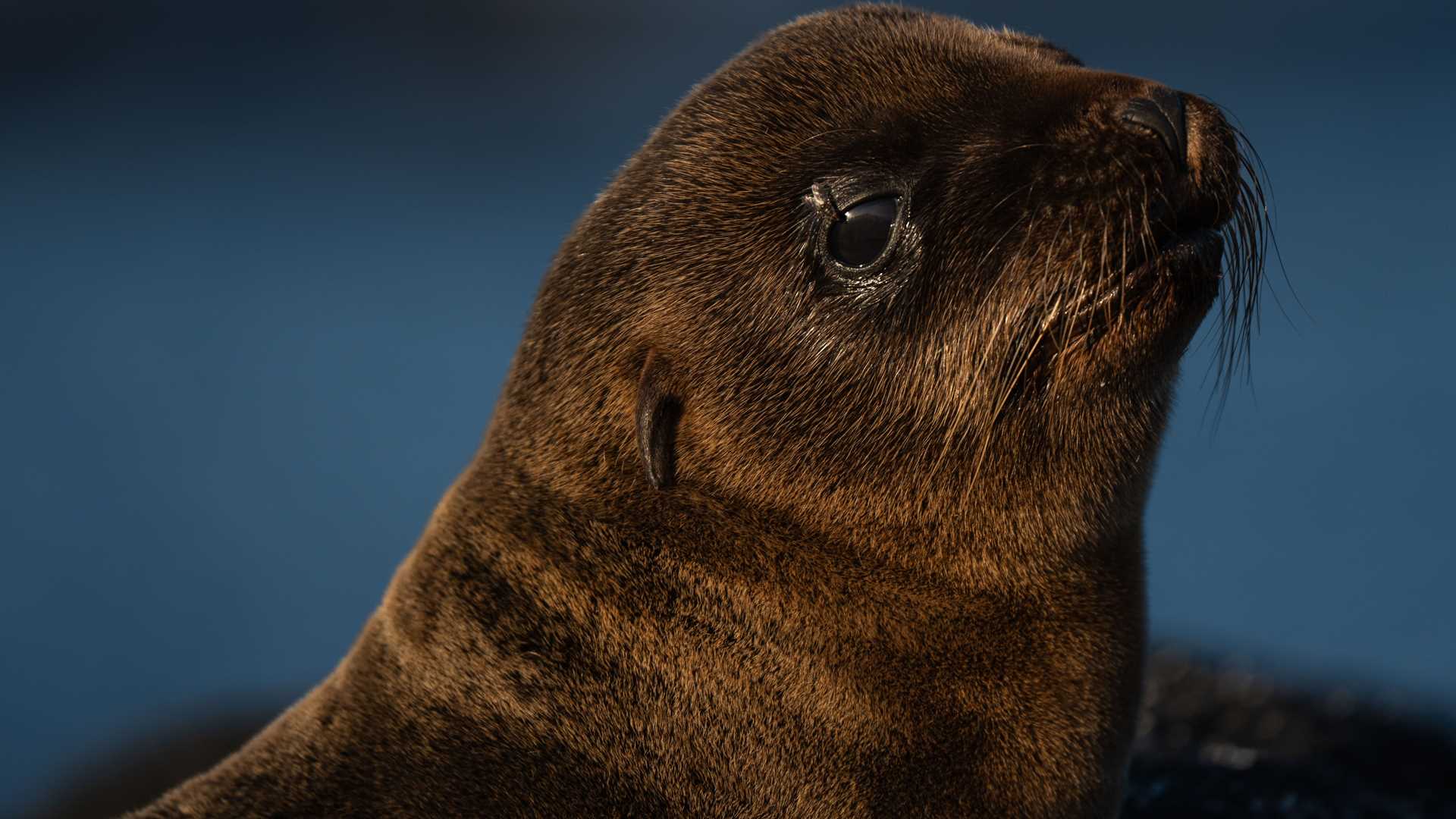Today we explored the youngest region in the archipelago and got to see incredible wildlife encounters at every turn.
Call +1.800.397.3348 or contact your travel advisor
Call +1.800.397.3348 or contact your travel advisor

View all info
Today we explored the youngest region in the archipelago and got to see incredible wildlife encounters at every turn.
Anahí grew up in a small house by the beach in the Galápagos Islands. Along with her best friend, she used to wander during the days around mangrove trees, becoming a different animal every day. She used to camp on solitary beaches, snorkel with shar...
Read MoreShare Report
6/24/2025
Read
National Geographic Islander II
This morning, we embarked on a scenic hike at Punta Pitt, San Cristóbal Island, where we found all three booby species - red-footed, blue-footed, and Nazca. We also took a Zodiac ride along the rugged coastline for close-up views of dramatic cliffs, surrounded by seabirds and sea lions basking in the sun. In the afternoon, we kayaked around Cerro Brujo’s golden cliffs, followed by a relaxing stroll along its pristine white-sand beach. Some even enjoyed a refreshing swim in the turquoise waters. This perfect day ended with a cruise around Kicker Rock, lit in the golden light of sunset.
6/23/2025
Read
National Geographic Islander II
Today we visited Española Island, the southernmost—and one of the most spectacular—of all the Galápagos Islands. Known for its unique wildlife and dramatic landscapes, Española offered us a day full of unforgettable encounters. In the morning, we landed at Gardner Bay, where a long stretch of white coral sand welcomed us. Galápagos sea lions lounged along the shore, completely unfazed by our presence. Offshore, we snorkeled in the clear waters among colorful reef fish and Pacific green sea turtles. Playful sea lions swirled around us like underwater acrobats. In the afternoon, we explored Punta Suárez, one of the best wildlife viewing sites in the entire archipelago. The trail led us through colonies of Nazca boobies and blue-footed boobies, some engaged in nesting or courtship dances. We also witnessed waved albatrosses, many sitting on eggs or gliding in the wind above the cliffs. The highlight for many was watching a pair of albatrosses perform their elaborate, synchronized courtship ritual, full of beak clacking and head swaying. As we approached the cliff’s edge, we were treated to the dramatic sight of waves crashing against the rocks and the famous blowhole, which sent bursts of water high into the air. With seabirds soaring overhead and marine iguanas sunbathing in every direction, the magic of Española was on full display.
6/22/2025
Read
National Geographic Islander II
Today the guests of National Geographic Islander II had a chance to snorkel at Champion Islet, just off Floreana Island. It was a breathtaking expedition to one of the most vibrant marine ecosystems in the Galapagos. As soon as we slipped into the water, we were greeted by schools of colorful fish and playful Galapagos sea lions.